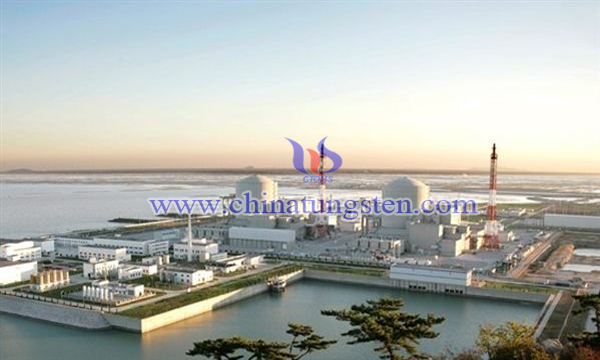Tungsten Carbide / Composite Photocatalyst
- Details
- Category: Tungsten Information
- Published on Friday, 01 February 2019 21:37
With the rapid development of global economy and the increasing demand for energy and resources, people pay more attention to and invest in the search for renewable and clean energy. Hydrogen energy, as a clean renewable energy, has the advantages of high combustion value, pollution-free, convenient storage and transportation. The photocatalytic decomposition of water to produce hydrogen using solar energy, which has huge reserves and no pollution, provides an ideal method to solve this problem, and has become a hot spot of scientific research.

At present, the main catalytic materials used in photocatalytic hydrogen production are oxides, sulfides, nitrides, titanates, tantalates, tungstates and niobates. Among them, titanium dioxide (titanium dioxide) semiconductor is the most widely used photocatalytic catalyst for hydrogen production. It has the advantages of no corrosion after illumination, acid and alkali resistance, non-toxicity and stability, rich sources and so on. However, the energy gap of titanium dioxide is large, the utilization of sunlight is low, and the photocatalytic activity of pure titanium dioxide is poor. It is found that the photocatalytic activity of titanium dioxide loaded with Pt is greatly improved. It is generally believed that platinum, as the active center of hydrogen production, can greatly improve the photocatalytic activity of titanium dioxide for hydrogen production. But the price of Pt is too expensive to control.
As we all know, tungsten carbide is a well-known platinum-like catalyst. Some scholars believe that the existence of carbon in tungsten carbide changes the surface electronic properties of tungsten and makes it have similar properties to platinum. Among the many composite materials with titanium dioxide, tungsten carbide is the most cost-effective composite material. Therefore, there are many scholars who study tungsten carbide/titanium dioxide composite photocatalyst. Many of them have simple synthesis process.
For example, 1.5312g titanium dioxide and 0.0041g tungsten carbide were grinded separately, and then 200 mesh sieves were passed respectively. Then the grinded titanium dioxide and tungsten carbide were put into the grinding bowl to continue grinding. After fully mixing and sieving, the composite photocatalytic materials of tungsten carbide and titanium dioxide were obtained. Or, 1.5312g of titanium dioxide and 0.0041g of tungsten carbide can be directly put into a grinding bowl for grinding. After fully mixing, the composite photocatalyst material of tungsten carbide and titanium dioxide can be obtained through 200 mesh sieve.
Compared with other composite photocatalysts such as graphene and ferronickel, the performance of platinum catalyst can be obtained by using tungsten carbide instead of precious metal Pt and titanium dioxide, which is relatively cheap. Moreover, the process is simple and the raw materials are easy to buy. It is a promising photocatalyst.



 sales@chinatungsten.com
sales@chinatungsten.com